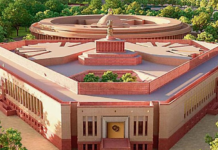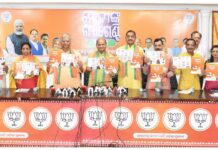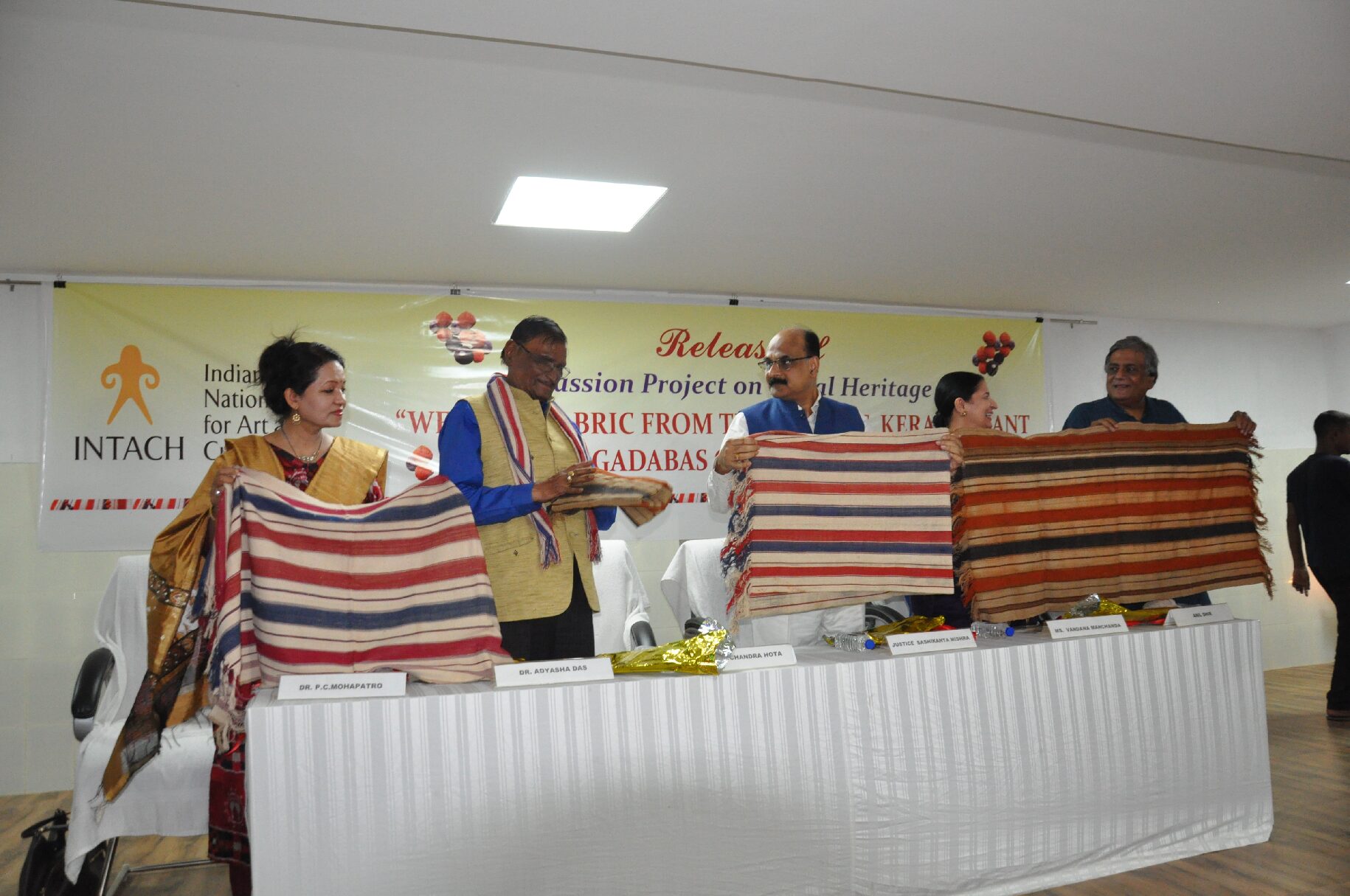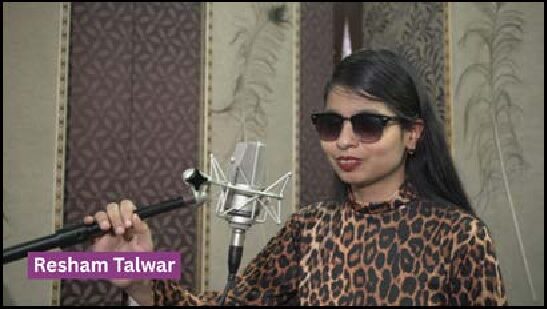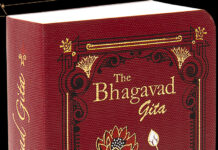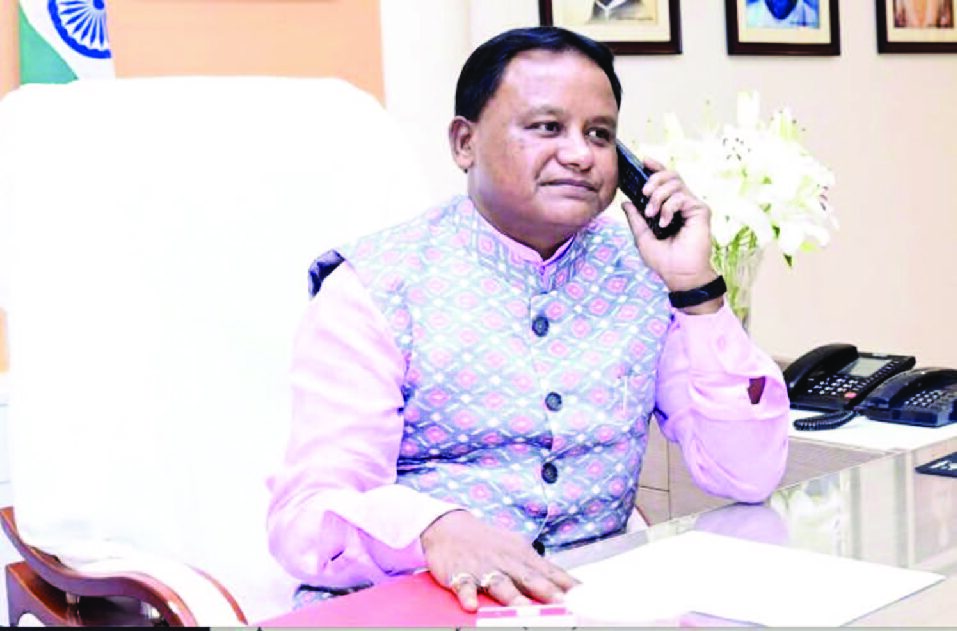Odia literature, with its 2000-year-old history, has been rightly accorded the status of a Classical Language. This recognition validates its antiquity and richness and places it among the select few languages that have made significant contributions to India’s cultural and literary heritage. Scholars like John Beames, who studied and admired Odia’s literary and linguistic excellence during colonial times, were among the first to focus on its unique identity. However, Odia literature remains largely hidden from the national consciousness, primarily due to the lack of adequate translations into other Indian languages.
While hundreds of literary works from Bengali, Telugu, and Hindi have been translated into Odia and are found in libraries across Odisha, the reverse is rarely seen. State institutions like the Harekrishna Mahtab State Library regularly acquire such translations, enriching the Odia reader’s exposure to the diversity of Indian literature. But the same courtesy is seldom extended to Odia literature by the libraries and institutions of neighboring states or national repositories.
This asymmetry in translation flow has created a cultural gap. When someone from outside Odisha wishes to explore its literary wealth, they often struggle to find accessible samples. Hindi and English, being the primary link languages, are essential platforms for cross-regional literary exchange. However, translations into these languages alone are not adequate. For a true pan-Indian appreciation of Odia literature, there must also be efforts to translate into and from regional languages like Bengali, Marathi, Tamil, Kannada, and Malayalam.
Translation is more than linguistic substitution; it is cultural transmission. It allows the voice of a region to resonate with people of another, fostering empathy, understanding, and national unity. Just as the works of Tagore, Premchand, and Viswanatha Satyanarayana became household names across India through translation, there is a need for Fakir Mohan Senapati, Gopinath Mohanty, Sitakant Mahapatra, and Pratibha Ray to reach beyond Odisha.
The onus lies not just on writers and translators, but on institutions— Sahitya Akademi, national libraries, universities, and private publishers. Dedicated translation grants, collaborative workshops, and inter-state literary festivals focused on regional literature could serve as catalysts. Moreover, the digital age offers platforms for e-publishing and collaborative translation projects, enabling even young translators to contribute meaningfully.
Odisha has produced literary gems in poetry, prose, and drama—works that explore rural life, mythology, social reform, love, and identity.
These stories deserve to be told and heard across India, not as exotic or forgotten voices, but as part of a vibrant and dynamic Indian literary mosaic. For that to happen, the bridge of translation must be strengthened.
In conclusion, honouring Odia as a classical language is not merely a matter of historical pride; it comes with the responsibility of showcasing its literature to the world. Systematic, well-funded translation initiatives that connect Odia literature with other Indian languages are essential for building a truly inclusive and representative national literature.
Could Odisha Sahitya Akademi institute an award for translation of well-known Odia books into Hindi, English or any other regional languages? It has not taken steps in that direction so far.














